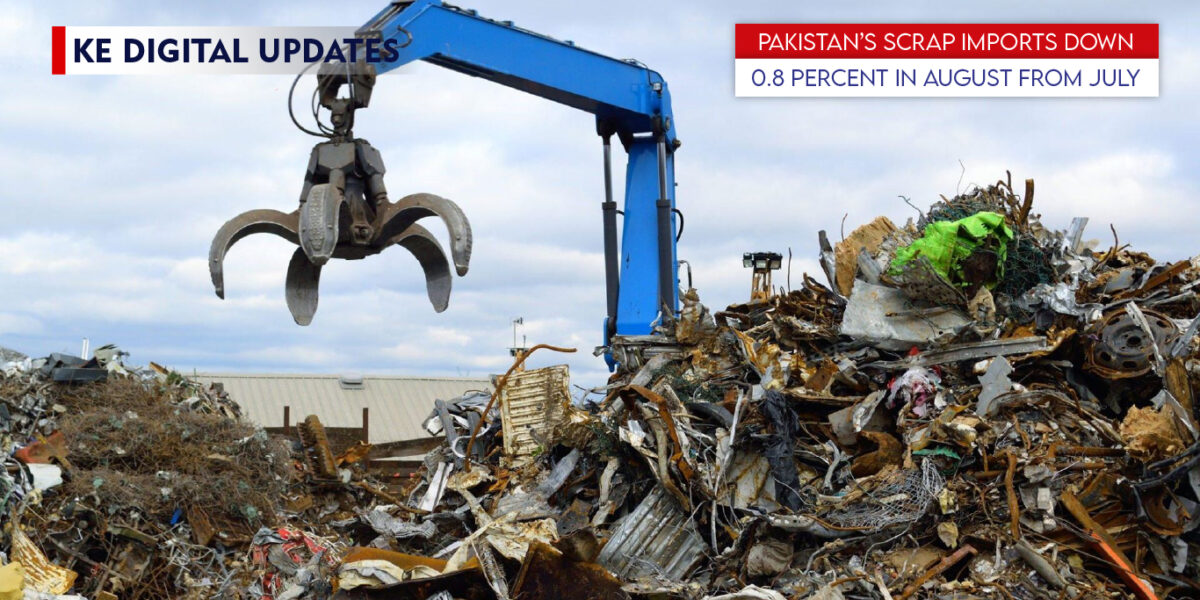Published on September 19, 2024
In August of this year, Pakistan experienced a slight decline in scrap imports, according to figures issued by the Pakistan Federal Bureau of Statistics (PFBS). The data reveals that the country’s scrap imports totaled 211,700 metric tons (mt), marking a 0.8 percent decrease compared to July and a 0.4 percent decrease year over year.
Despite the reduction in volume, the value of these imports saw a modest increase. The scrap imports were valued at $97.09 million in August, reflecting a 1.3 percent increase from the previous month. However, on an annual basis, this value represented a slight decrease of 0.3 percent.
Iron and Steel Imports
The PFBS data also highlighted significant changes in the import of iron and steel. In August, Pakistan imported 166,516 mt of iron and steel, a substantial decrease of 31.6 percent from July and a 28.5 percent decrease compared to last year.
The value of these iron and steel imports was recorded at $122.75 million for August. This figure indicates a 24.7 percent decrease annually and a 24.1 percent decrease from the previous month.
Market Implications
The decline in scrap imports could be attributed to several factors, including fluctuations in global scrap prices, changes in domestic demand, and regulatory measures. The slight increase in the value of scrap imports despite the decrease in volume suggests that prices per ton may have risen, reflecting global market trends.
On the other hand, the significant drop in iron and steel imports points to a potential slowdown in the construction and manufacturing sectors, which are major consumers of these materials. This decrease could also be influenced by economic factors such as currency depreciation, which makes imports more expensive, and local production adjustments.
Conclusion
The latest PFBS figures provide a snapshot of Pakistan’s scrap and steel import markets. While scrap imports have seen a minor decline in volume, their value has slightly increased, indicating rising prices. In contrast, iron and steel imports have dropped significantly in volume and value, highlighting potential challenges in the domestic market. These trends will be crucial for stakeholders to monitor as they navigate the evolving economic landscape.


